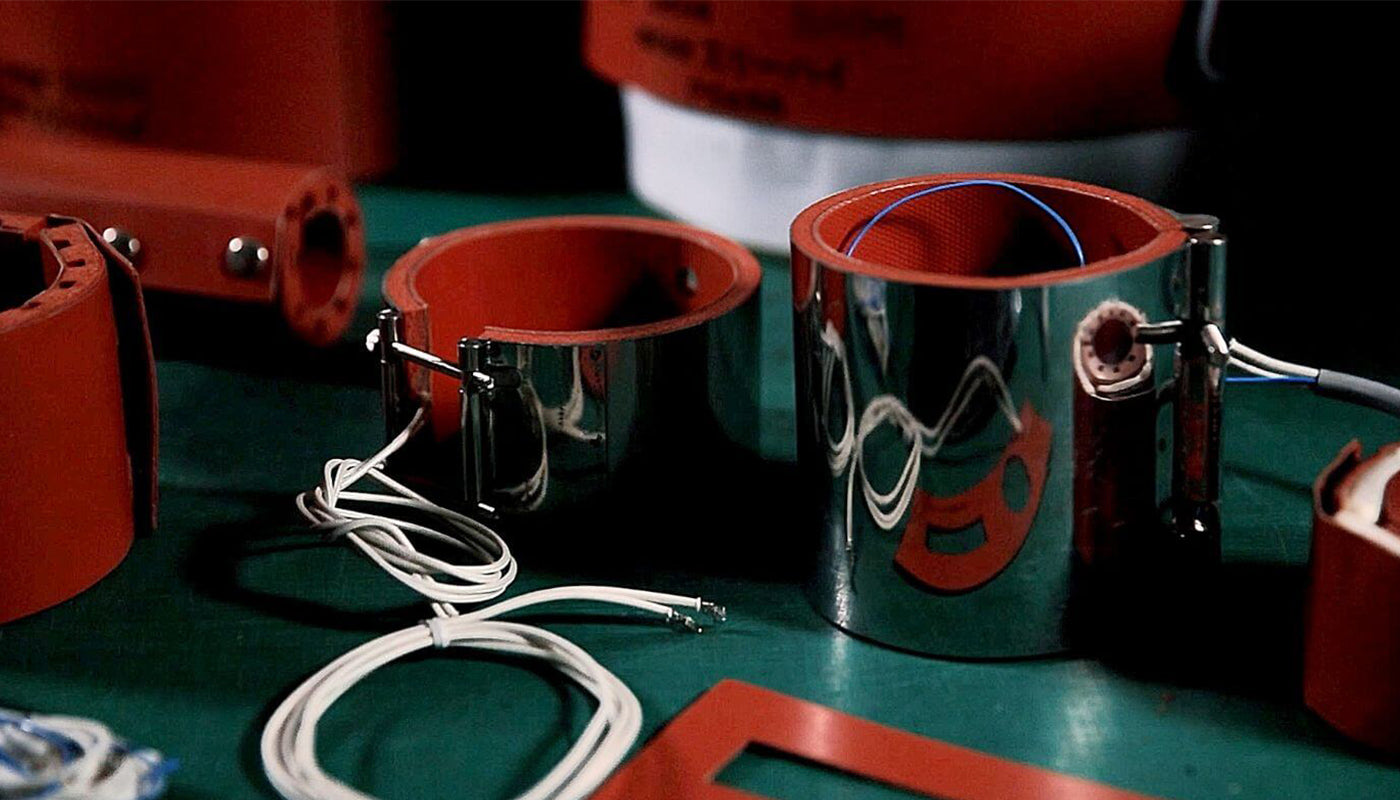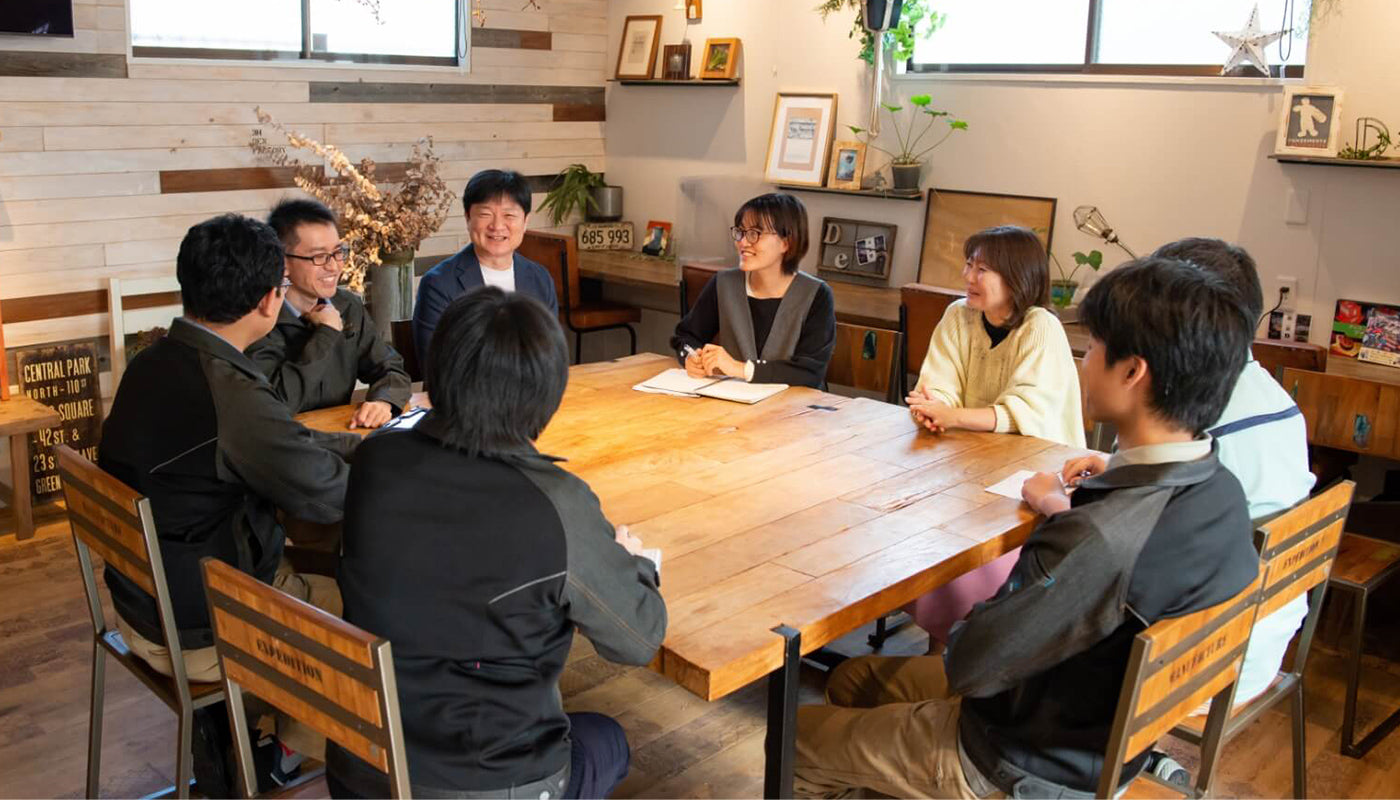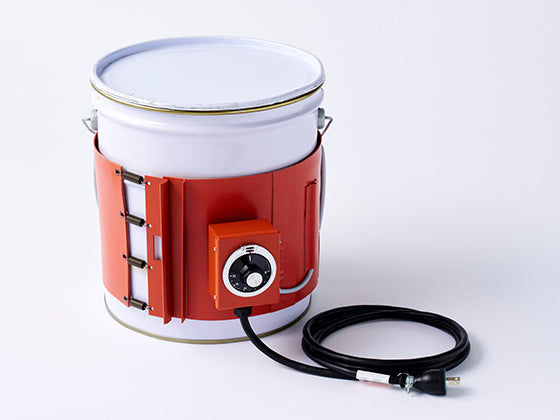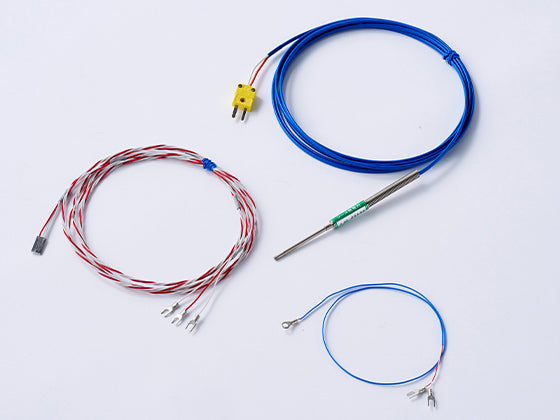When you change the model of your smartphone, you may find it difficult to deal with a sudden warning when you make various settings in your own way, right?
If you read the instruction manual carefully in advance, you will be able to take appropriate measures even if a problem occurs. However, if you get panicked by a sudden error, even if you read the instruction manual on the spot, you won't get it in your head, and you will probably rely on telephone support.
ThreeHigh's digital temperature controller "monoone series" also has an instruction manual that explains in detail how to deal with errors. Even if a sudden error or abnormality occurs, it can be quickly resolved in most cases by referring to the instruction manual. I often receive inquiries over the phone because, just like setting problems with smartphones, it would be quicker to ask directly over the phone than to read the instruction manual.
Of course, such inquiries are always welcome, but in order to save you the trouble of calling, this time we will explain common problems with the monoone series.

Digital Temperature Controller monoOne-120 (monoOne-120)
Basic error code lists of monoOne-120
There are 7 types of monoOne-120 errors in total.

(*1) A priority is given to the conditions of "control output is off" or "alarm output is on" resulting from other errors.
There are so many errors that you may be confused, but there are very few cases where "Er 0", "Er 5", or "LoC" appears. Most of them are "Er 3" for heater failure, "Er 1" and "Er 4" for temperature sensor failure.
*The difference between "Er 1" and "Er 4" is the position (photo below) of the terminal block of the connected sensor. In this case, check if the heater or temperature sensor is disconnected, and if the cable is properly connected to the terminal block.
If you connect only the power supply and forget to connect the heater or sensor and turn on the monoOne-120, an error will appear.
In the photo below, electricity is flowing to monoOne-120. If you try to connect the heater in this way, it will short out. In the past, I have also set up and led to short-circuited and burned the terminal block. Moreover, not only the main unit but also the breaker in the room has fallen.

It is very dangerous and can even cause a fire, so please be sure to check that it is not connected to the power supply before starting the operation when you connect a heater or temperature sensor.
The displayed temperature does not rise even though the heater gets hotter and hotter!!
This case has happened in the past.
Originally, when the temperature detected by the sensor reaches the control temperature, monoone's normal operation is to stop powering the heater.

However, there were several cases where the temperature displayed by monoOne-120 showed 20°C or 30°C, which was close to normal temperature, even though the heater was too hot to touch. Since the control of the heater was not effective, there should be some kind of error. However, at this moment, the heater was as energized as it was, and the temperature was extremely high.
Why did this case happen?
The cause is a sensor malfunction! But no errors! ?
In order to control temperature, a temperature sensor senses the temperature and will transmit that temperature controller, monoOne-120. However, in the following two cases, it didn't sense the temperature very well.
Case 1: The temperature sensor is disconnected from the heater!
This is simple.
As shown in the photo below, the temperature sensor is not in contact with the heater.
The rod-shaped one is the temperature sensor (K-type thermocouple sheath type) and the orange (red) is our silicone rubber heater.

The temperature sensor cannot accurately measure the temperature unless it is in contact with the heater. The temperature decreases as heat move away from the heat source.
Especially in the case of silicone rubber heaters, they are designed to be brought into close contact with the object to be heated to conduct heat. Therefore, if you do not make proper contact, you will end up measuring the temperature at a position slightly above the heater instead of the heater temperature. As a result, the temperature is lower than the actual heater temperature.
In order to prevent such troubles, we have also produced a sensor pocket so that the temperature sensor does not come off.

The sensor pocket is a simple fixture that creates a tunnel above the heater and inserts the temperature sensor into it. By installing this sensor pocket, you can prevent the temperature sensor from falling out.
Case 2 : Temperature sensor is twisted!
In fact, if the temperature sensor is twisted, the measured temperature may not be displayed properly.
Normally, if the temperature sensor is disconnected, the electricity will not flow, and the error function will work and the electricity will stop. However, even if the temperature sensor is twisted, if the wires do not break and the metals come into contact with each other, a new circuit may be created and electricity may flow.
A thermocouple (temperature sensor) measures temperature at the junction of two metals.
The temperature sensor is an insulator to prevent metal-to-metal contact. However, if the metal is exposed when connecting to the connector as shown in the photo below, the twisted part of the connector may come into contact. At that time, if the contact part is close to monoone, the temperature will be measured.

When I realized the cause, I had no idea that the temperature of the connector was detected. Since the part that detects the temperature was not working properly, the heater was sending more and more electricity, and the heater continued to heat up to the limit of its capacity. This case is very dangerous for heaters.
Other cases of malfunction
There are also other patterns that sometimes cause problems.
●The control temperature cannot be set above 300°C.
---The initial setting of monoOne-120 prevents the temperature from rising.
●The display temperature of the heater is decreasing.
---You may have connected the positive and negative terminals of the sensor in reverse.
●The heater does not heat up.
---The monoOne-120 has been installed a 20A fuse. A fuse may have blown. In this case, electricity flows to the main body, but electricity does not flow to the heater.
Finally...
This blog will be able to prevent any unforeseen accidents by presenting examples that happened before.
Please take a look at this promotional video for monoOne-120.
ThreeHigh has various know-how. If you have any questions about heaters, temperature control, etc., feel free to contact us anytime!
You can easily contact us at any time from the URL below.
https://www.threehigh.com/contact/








![[Heating medical chairs and beds bring warmth and comfort to patients]](http://store.threehigh.com/cdn/shop/articles/top_1_daa6ae52-2622-436b-a053-1289640ad4f0.jpg?v=1669685926&width=650)
